When you think of Japan’s wildlife, one image commonly comes to mind: the Japanese snow monkeys relaxing in their mountainside hot spring (onsen). For wildlife lovers or anyone who seeking a uniquely Japanese travel experience, a trip to Japan would not be complete without a visit Jigokudani Monkey Park (地獄谷野猿公苑) to see the wild Japanese Macaques monkeys in their natural surroundings.
The hot spring monkey park is just a few hours from Tokyo and makes a perfect overnight trip to see a different area of Japan. The small town of Shibu Onsen (渋温泉) is perfectly situated near the picturesque Joshinetsu Kogen National Park. As a town only a few kilometers from the famous hot spring monkeys, it seemed like the ideal place to spend a couple of nights.
Shibu Onsen: Where You Can Stay Near the Monkey Park
I arrived in Shibu Onsen in the early evening and I was struck by how quaint and peaceful the town was. There were various accommodation options, from luxurious ryokan with inclusive meals to budget-friendly shared dorms in hostels. I opted to stay in a hostel dormitory in the Nozaru Onsen Hostel, both for the low cost and for the social aspect of being able to meet other travellers. Formerly a grand ryokan on the quiet main street, the accommodation has since been converted into a hostel. The simple lodging retains its rustic charm and historic grandeur, enticing guests with both an indoor and outdoor hot spring bath.
After checking in, I was keen to explore the town. The quiet streets were quintessentially Japanese with the steam of hot springs waters rising from curb-side vents. I heard the sound of geta (Japanese wooden sandals) clacking through the cobbled streets as visitors explored the onsen in their yukata.
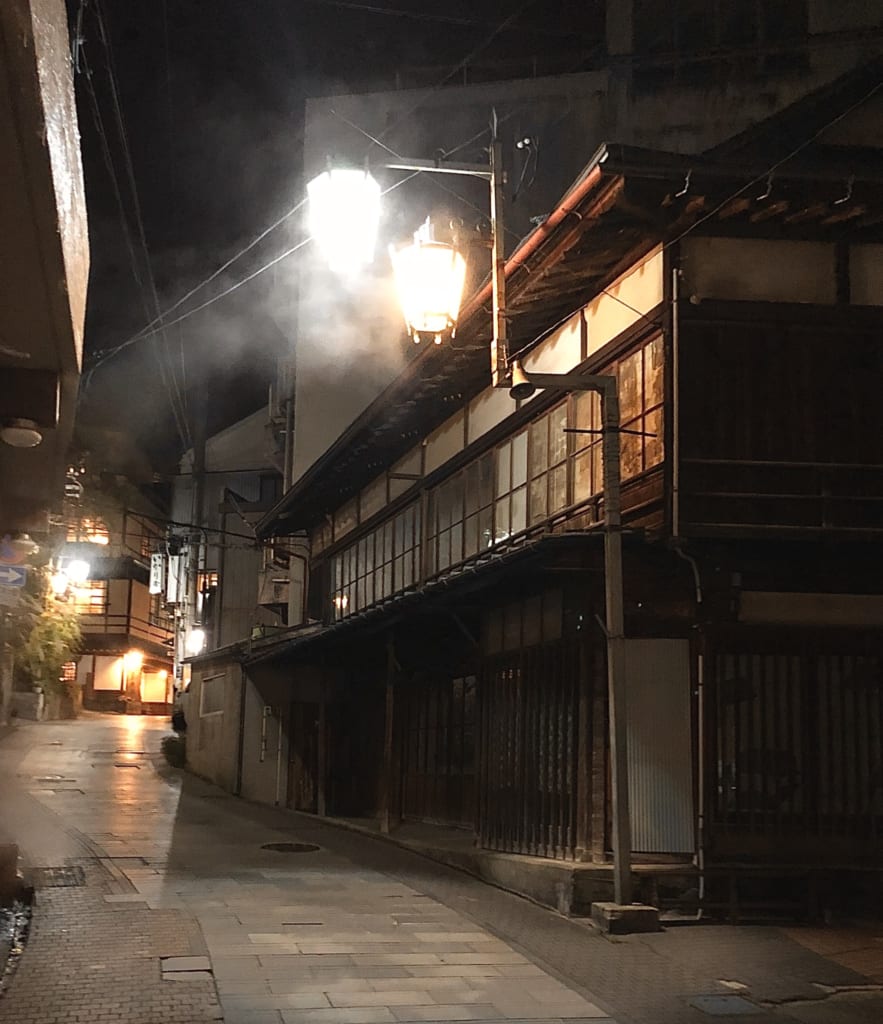
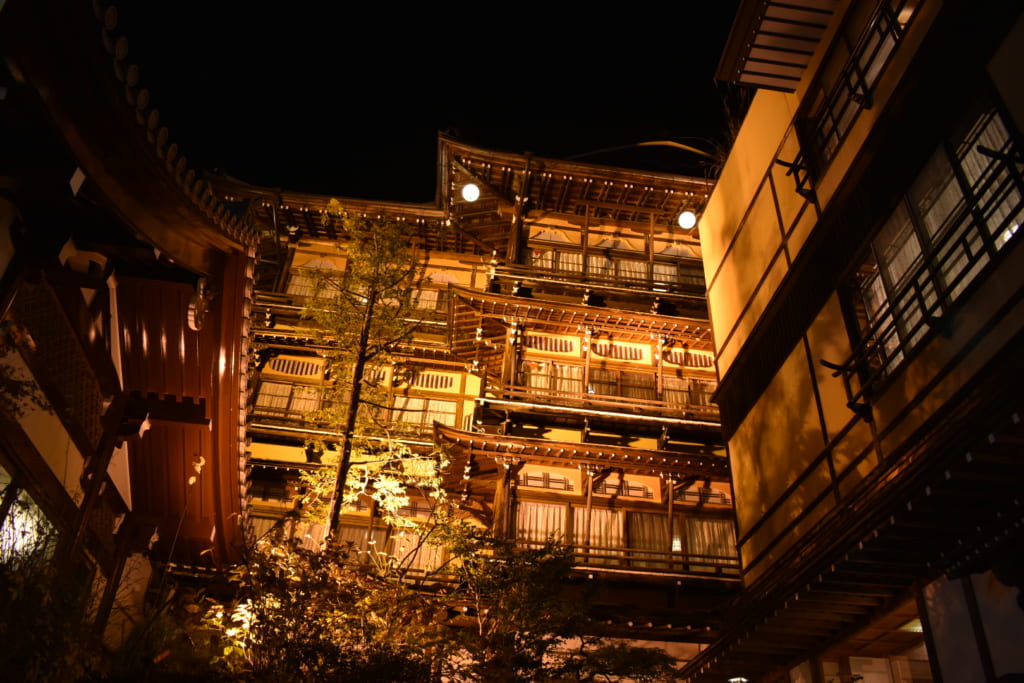
Small gift shops, ryokan, and the occasional restaurants lined the quiet Main Street. The impressive Kanaguya Ryokan is the street’s centrepiece with its beautiful Japanese-style architecture that is breathtaking by day or night. This building, which is over 250 years old, dates back to the Edo period and is said to have inspired the Studio Ghibli movie, Spirited Away.
Many of the restaurants served local soba noodles with various toppings and izakaya (Japanese-style pubs) offered an array of smaller dishes at reasonable prices. I opted for soba noodles with duck and mushroom which was a local speciality. The noodles were handmade in the restaurant and tasted delicious.
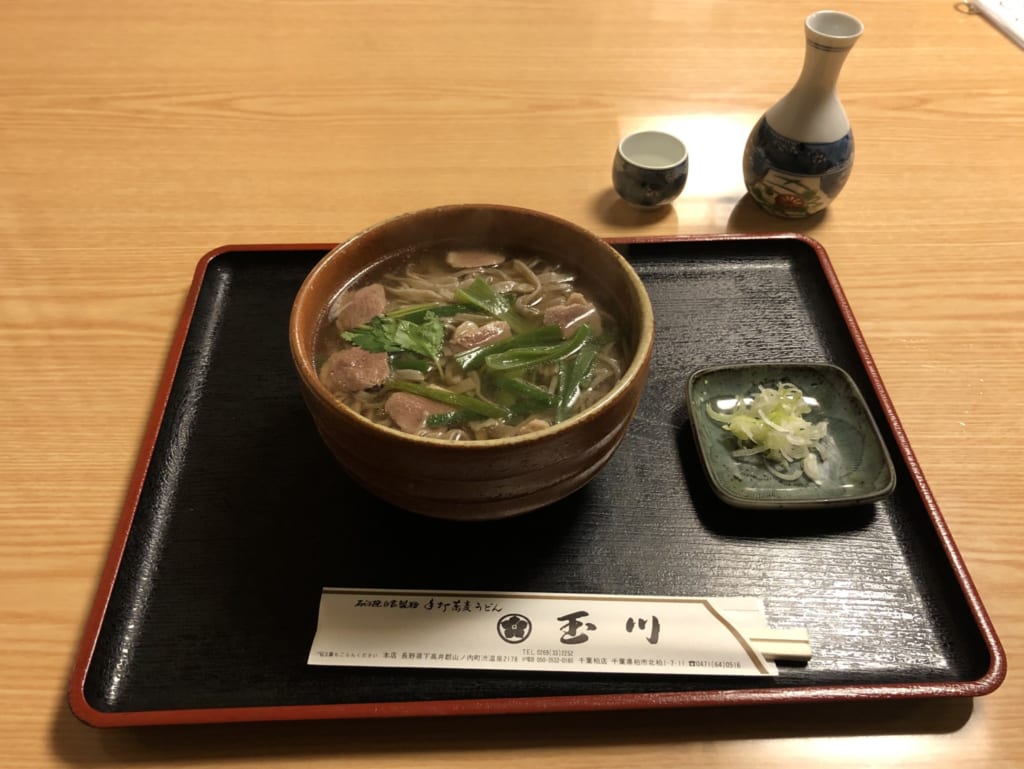
Meeting the Hot Spring Monkeys
The following morning, I woke early as I was excited for the day ahead. The temperature hovered just above freezing, dropping below in the evening, so I was glad to have warm clothes and heat packs to keep me warm.
I took a short hike to the entrance of the hot spring monkey park which took around 40 minutes, but there is also a bus from Shibu Onsen. After arriving at the entrance it was another 30 minutes walk to the entrance of the hot spring monkey park where you pay a small entrance fee of 400 JPY. November through March is their winter season and the park is open 9:00-16:00; the summer season is April through October when the park is open 08:30-17:00.
As I approached the hot spring, I saw my first monkey and it was a really special feeling to be so close to these unique animals, walking confidently down the path. The monkey was at ease with my presence and I was clearly an unobtrusive visitor to their home.
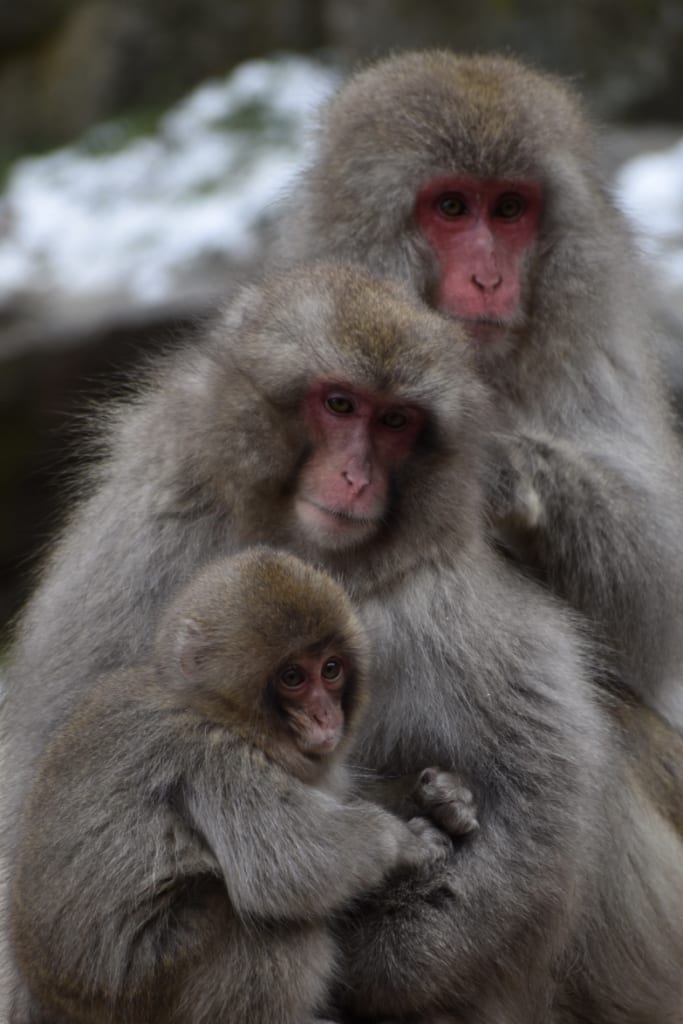
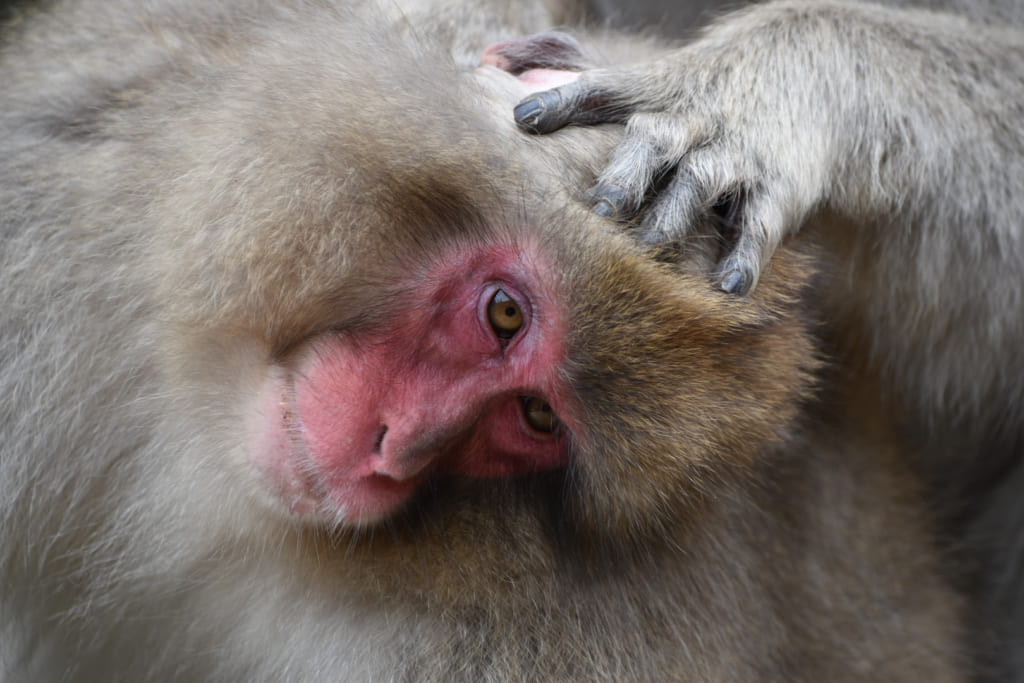
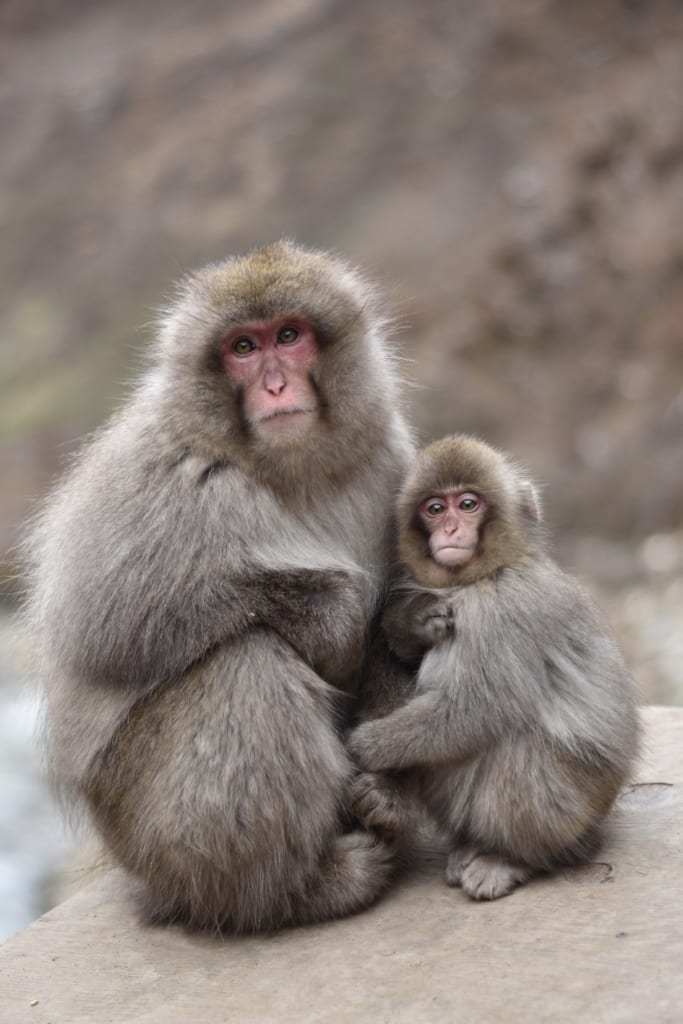
The onsen is a man-made pool built out of the side of the mountain which is filled with fresh natural hot spring water. A large troop of monkeys were grooming each other on the side of the pool, nursing their young or grazing on the food provided for them by the park staff. It was an amazing experience to be alone and surrounded by them in their habitat.
The park was opened in 1964 as a strategy for managing the increasing conflicts between the monkeys and the local residents. Whilst the monkeys are free to leave the area, they choose to come to the park for food and of course, to bathe in the hot spring waters. The park allows the monkeys to live in a safe environment where they are not in conflict with the lives of local people.
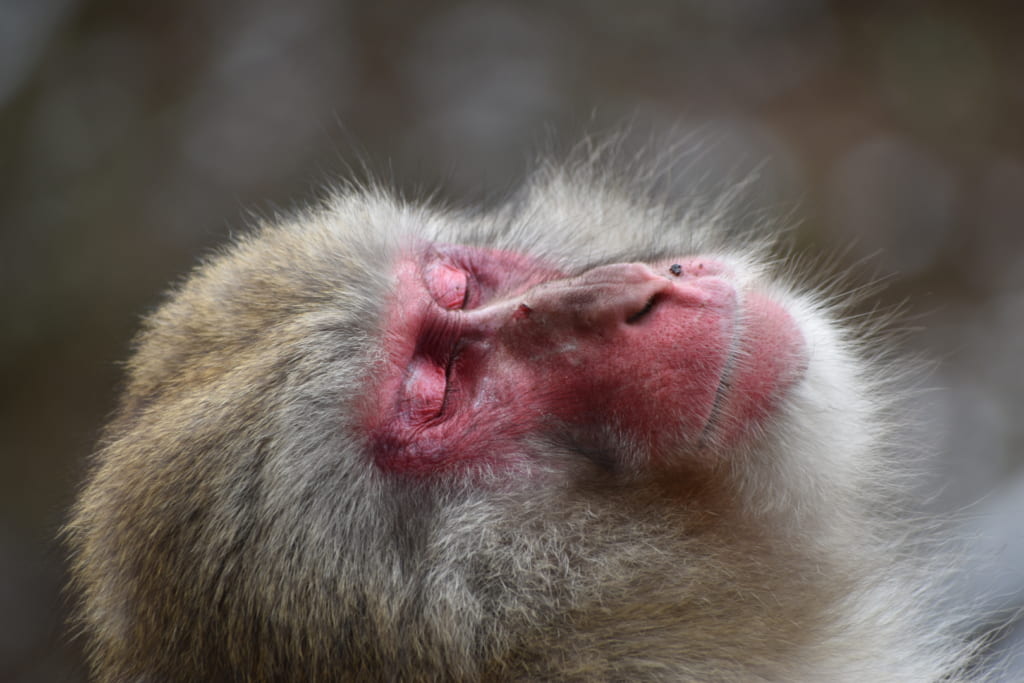
Around 30 minutes later, the first member of the monkey troop entered the hot water. It was a truly unique experience to watch them relax in the steaming waters, gently climbing in and out, grooming each other. I became so engrossed in them that I lost track of time and it was only when my hands began to feel numb that I realised how long I had been outdoors. Luckily, the park has a small gift shop with a heated seating area for visitors to warm up which was a welcome retreat from the cold. I spent around two hours with the monkeys and it was a magical experience that I will never forget.
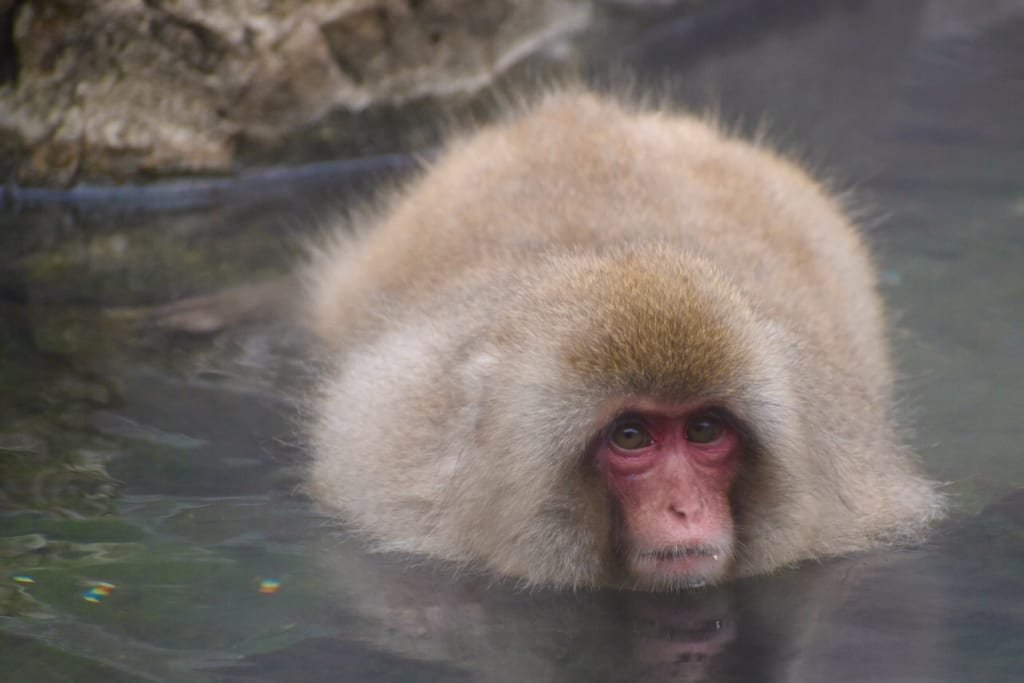
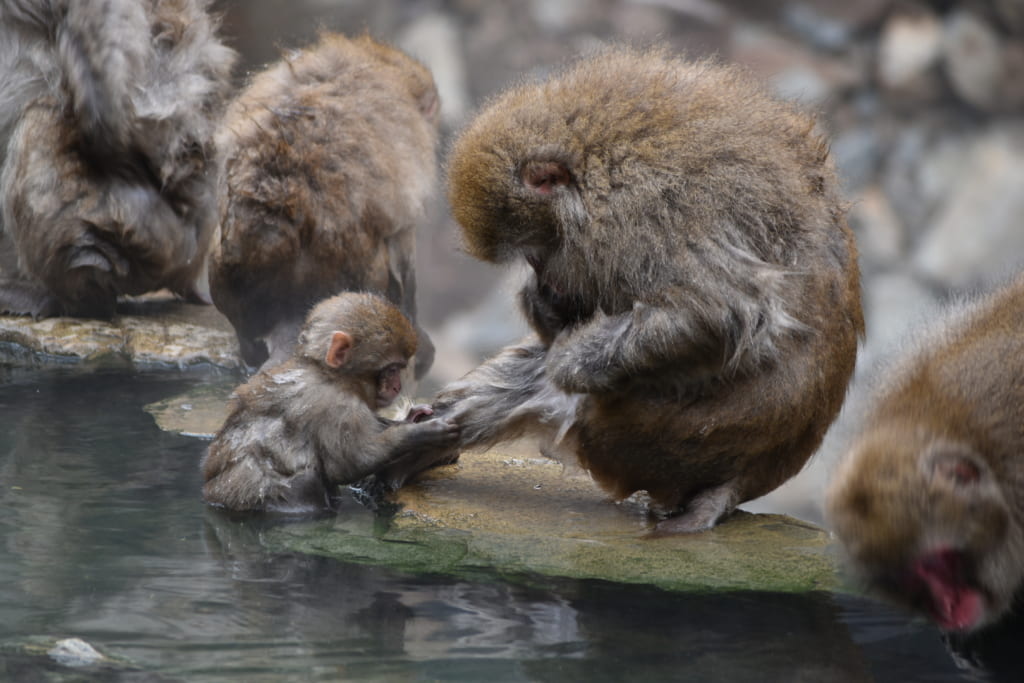
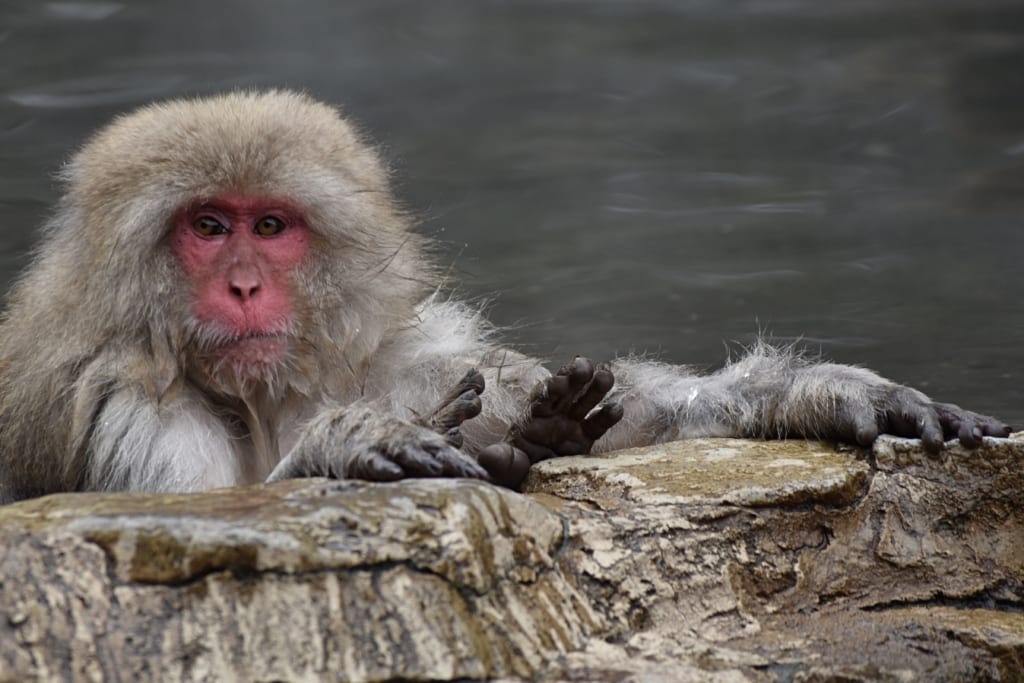
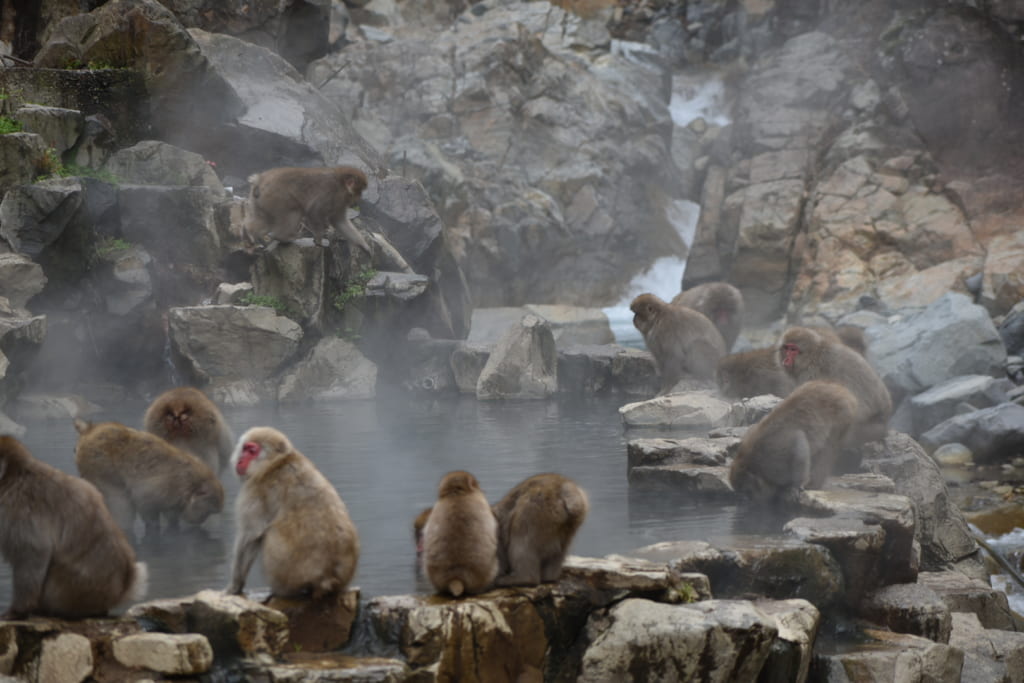
This website provides lots of information on the hot spring park, including an interesting webcam where visitors can watch the monkeys in the onsen in real-time. For people with time and flexibility, this can also be used to plan your visit at a time where there are fewer visitors. After my visit, I started my slow hike through the snowy forest back to town.
Enjoy the Hot Springs of Shibu Onsen
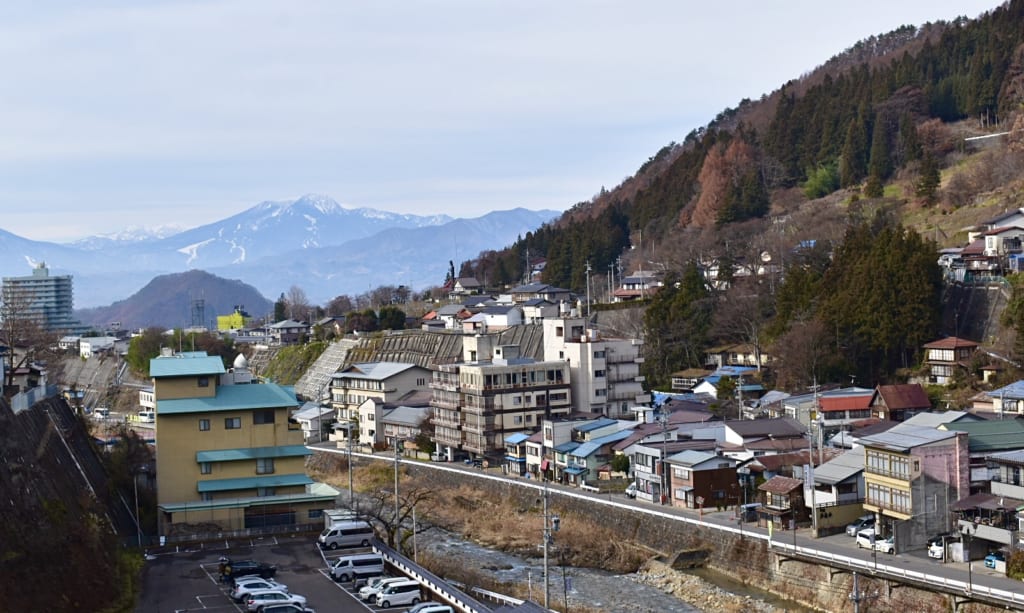
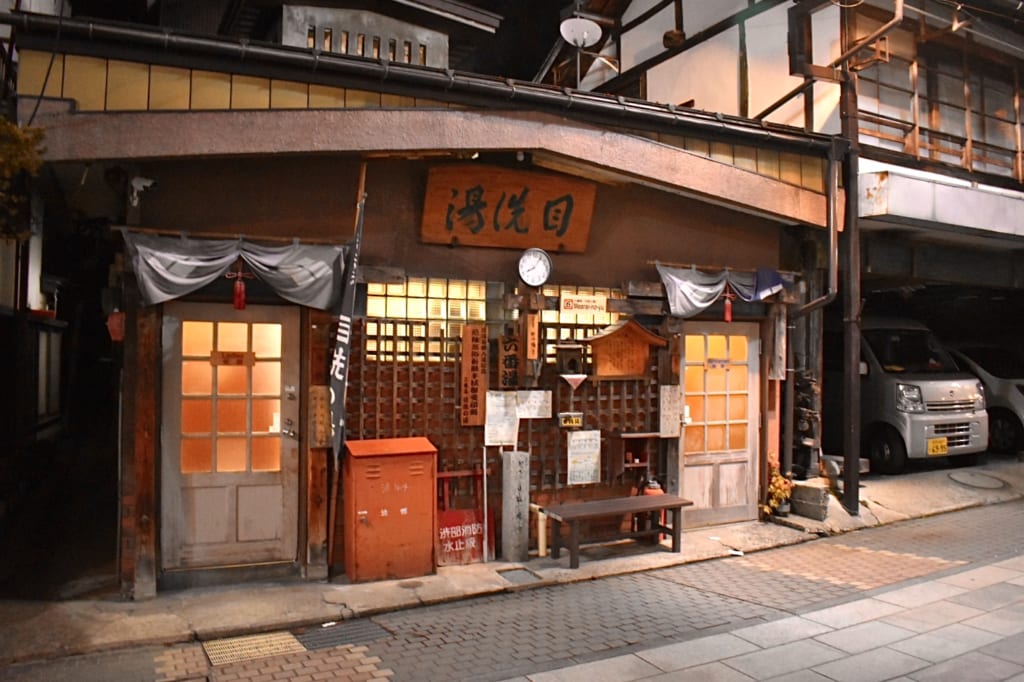
Shibu Onsen is famous for its 9 hot spring baths and most ryokan provide guests with keys to access each one. These small, traditional, public onsen are often unstaffed and you might find that you have one all to yourself. A visit to this town is not complete without trying the different onsen and each one is said to have different health benefits. My accommodation did not include free use of the public onsen, but I did opt to pay to use the ‘9th Onsen’ named O-yu for a small fee of 500 JPY (payable at the tourist information centre). To gain access to the onsen you are required to show your purchased ticket to a local shop owner who will unlock the bath for you. This is a great way to warm up after a day in the cold.
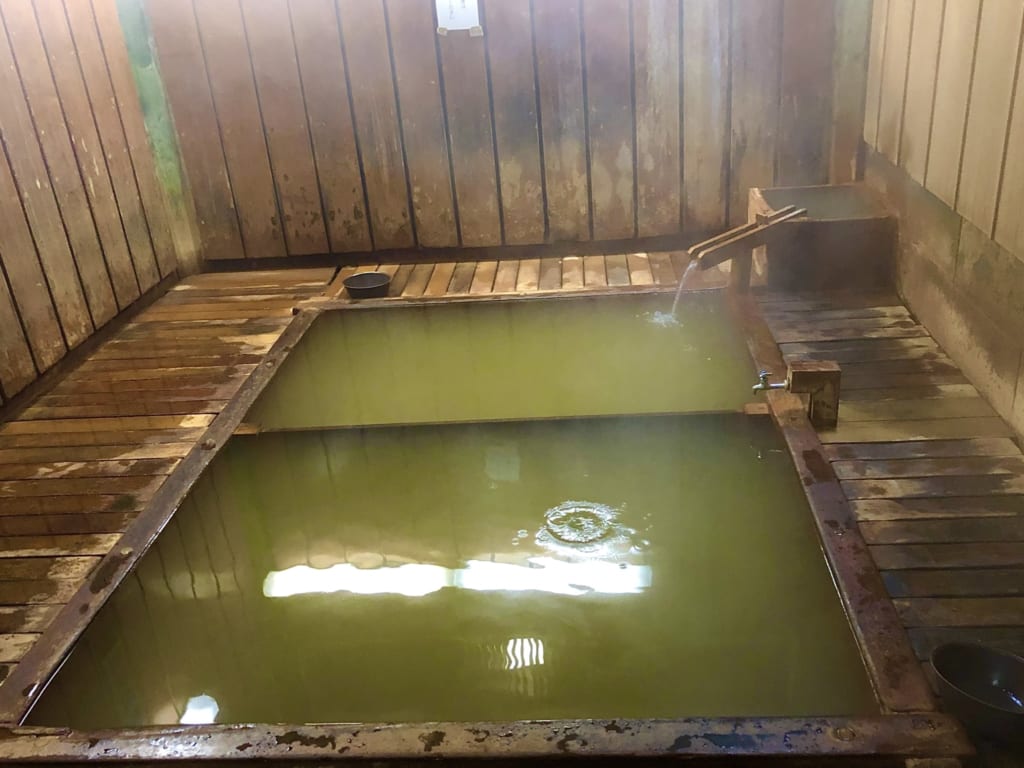
The Obuse Hokusai Museum
On my final day, I decided to make my way back to Nagano on the electric railway and stop off at the small town of Obuse (小布施). The town is famous for chestnuts, so I sampled the various products on offer from friendly street vendors.
The Hokusai Museum (website) is located in Obuse and exhibits woodblock prints by the painter Katsushika Hokusai. There is plenty of information in English so it was a great opportunity to learn about the life and work of this iconic artist amongst the beautiful setting of the museum.
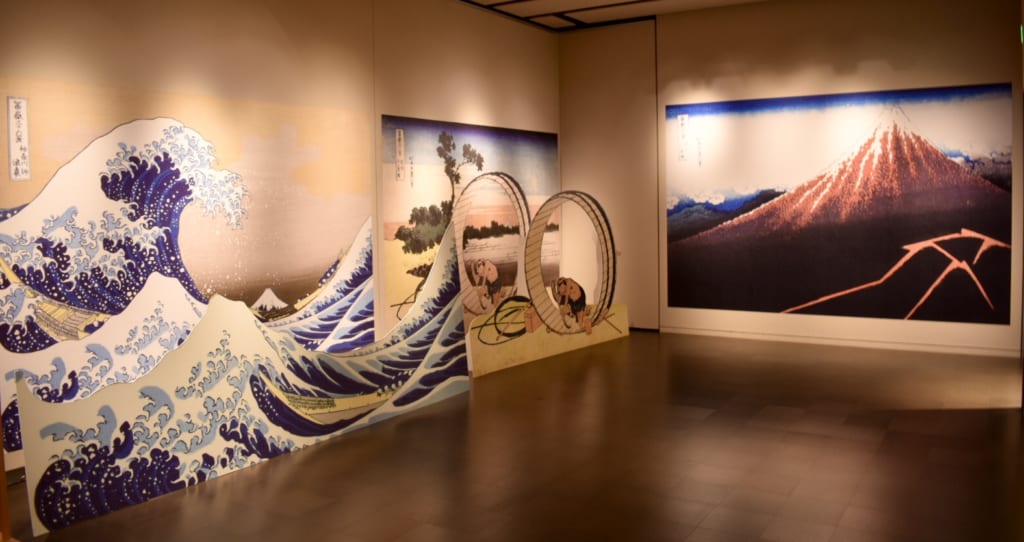
I arrived back in Nagano to catch my coach back to Tokyo. I was leaving Nagano with unique memories of the hot spring snow monkeys and I felt that I had truly experienced another unique side to Japan.
Other Destinations in Nagano
Though not a part of my trip, Shibu Onsen is very close to Iiyama, a beautiful city for those who love to explore nature. Depending on the season, you could enjoy snow cycling or snowshoeing, enjoying a hike through fall colors, or taking a cycling tour through the countryside.
If you wanted to extend your stay in Nagano for another day or two, Iiyama is a perfect place to spend it.
How To Get To The Hot Spring Monkey Park
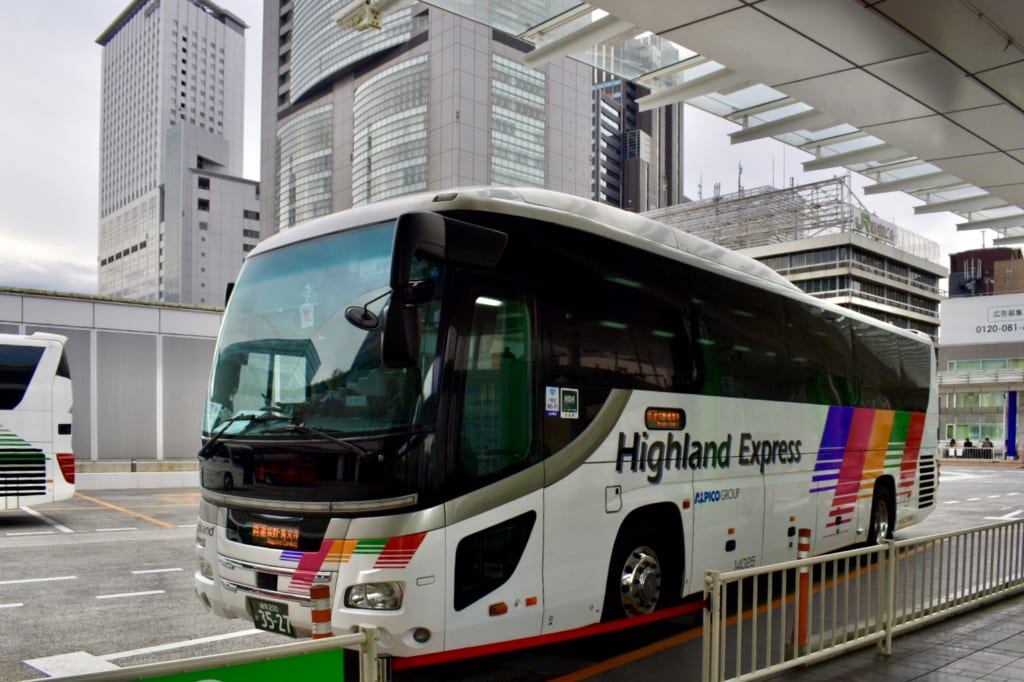
For those who have the JR Pass, the simplest way to get there is by taking the Shinkansen (bullet train) from Tokyo station to Nagano and then change to a bus or local train to Yudanaka where there are further connections, including the hot spring monkey park itself.
For those who don’t have the JR Pass, express coaches depart from Shinjuku station in Central Tokyo and reach Nagano in around 4 hours. From Nagano, the Nagano Electric Railway connects with Yudanaka in around an hour and passes through one of Japan agricultural heartlands. From Yudanaka to Shibu Onsen, it is a very short bus journey or it can be made on foot (but beware of the steep hills).
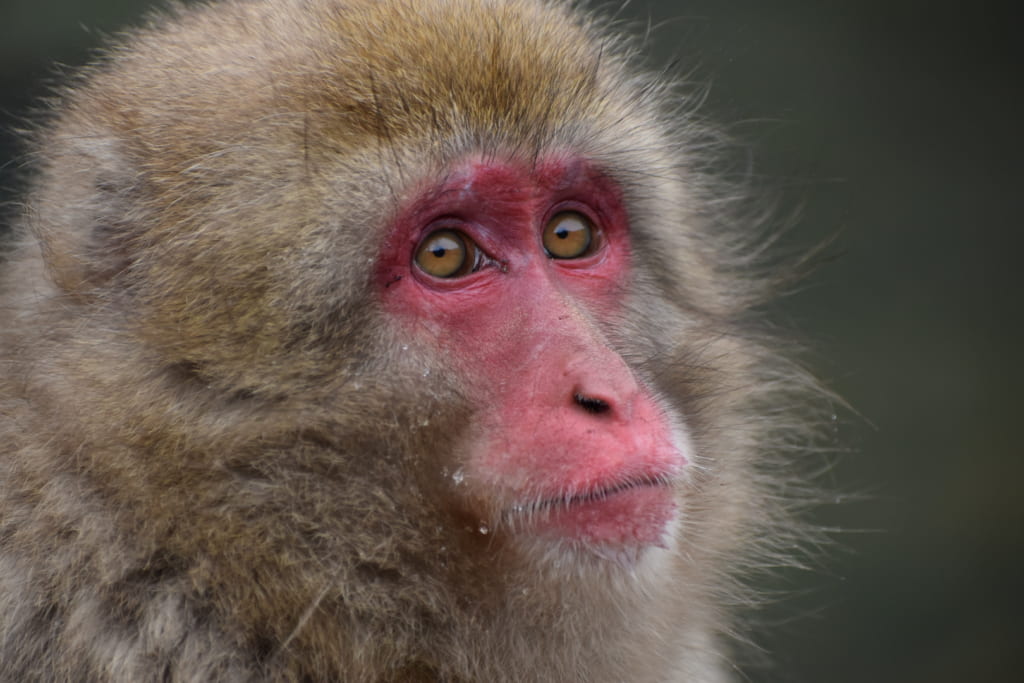
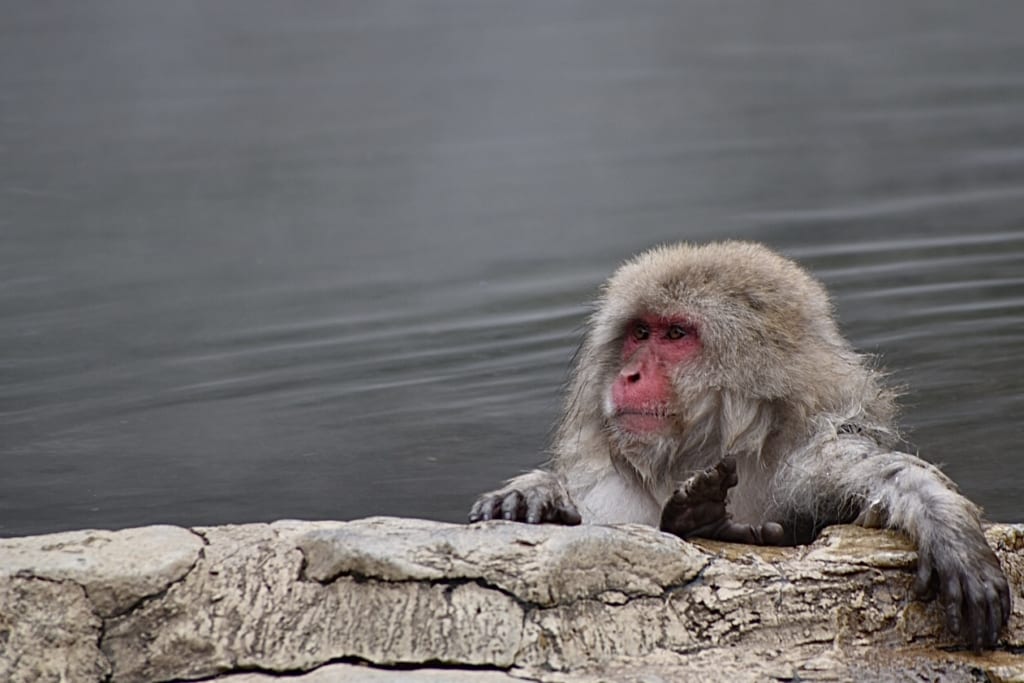
 Jigokudani Yaen-Koen
Jigokudani Yaen-Koen
ESTABLISHMENT PARK POINT_OF_INTEREST- 6845 Hirao, Yamanochi, Shimotakai District, Nagano 381-0401, Japan
- ★★★★☆


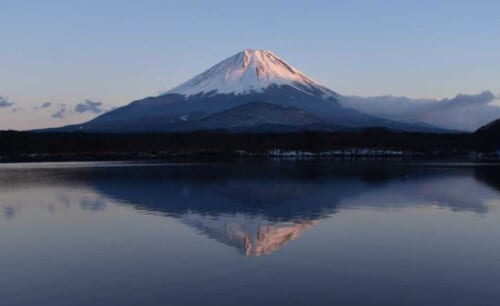
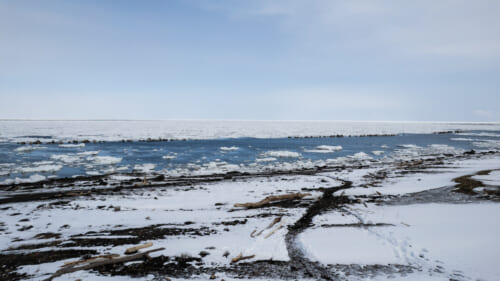
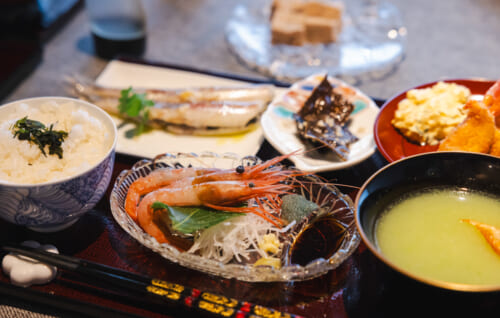
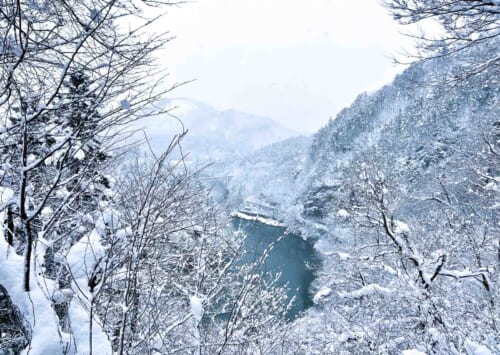
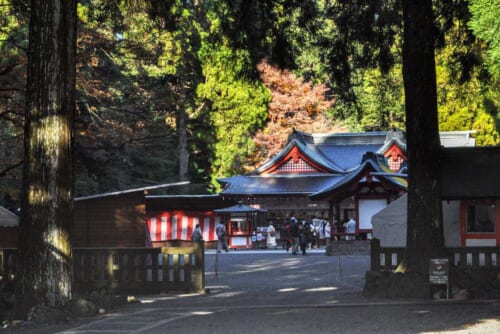
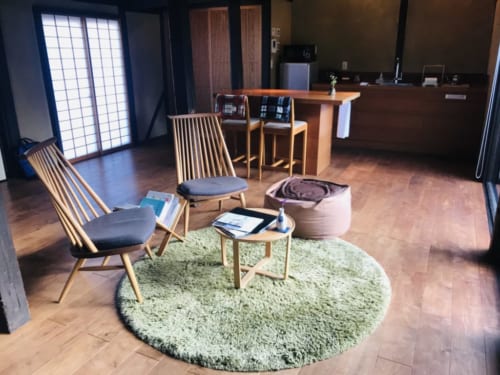

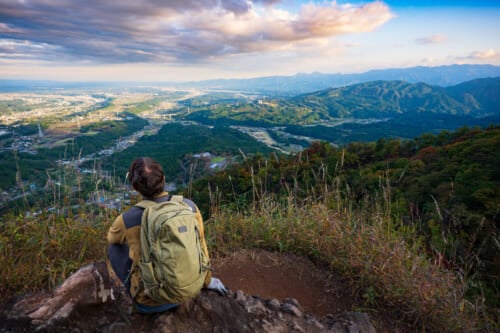
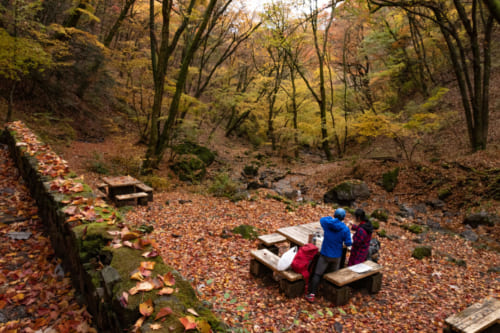


No Comments yet!